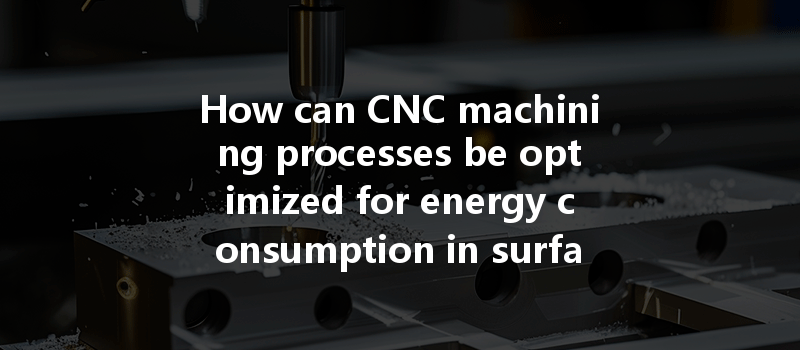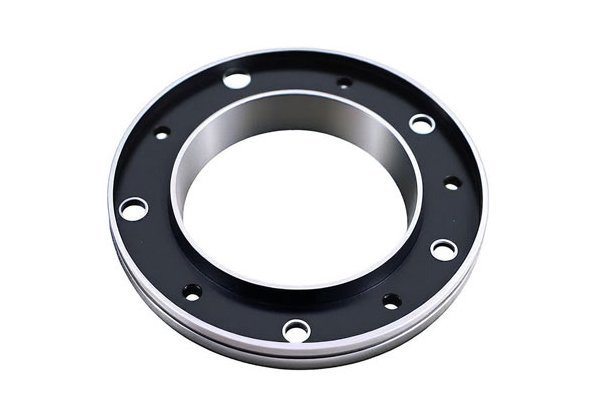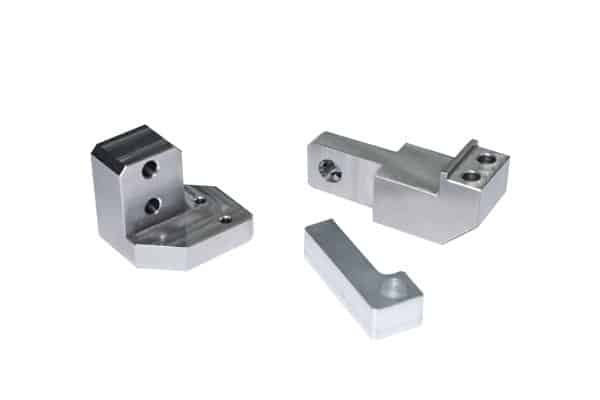Opening:
Did you know that manufacturing accounts for nearly 22% of global energy consumption? As industries strive to meet sustainability goals and reduce operational costs, optimizing energy consumption in manufacturing processes is becoming increasingly critical. In this context, CNC (Computer Numerical Control) machining stands out as a technology that can be refined further, especially during surface treatment procedures. But how exactly can we enhance energy efficiency in these processes? Let’s dive deeper into this crucial topic.
—
Understanding CNC Machining and Surface Treatment Procedures
CNC machining is a precision manufacturing process guided by computer systems to cut and shape materials. It includes various techniques, from milling and turning to grinding and drilling. One of the frequent steps in CNC machining is surface treatment, which aims to enhance the part’s functional, aesthetic, and mechanical properties. Treatments can include processes such as coating, polishing, anodizing, and electroplating, each varying significantly in energy demands.
Energy Consumption Challenges in CNC Machining
As we aim to optimize energy consumption in CNC machining, we must first recognize the challenges imposed by surface treatment processes. Factors affecting energy use include:
—
Detailed Solutions for Optimizing Energy Consumption
Now, let’s explore practical solutions to enhance energy efficiency specifically in CNC machining and surface treatment processes.
Upgrading to energy-efficient CNC machines can yield significant energy savings in the long run. Look for models that offer features such as:
It’s essential to conduct a thorough analysis of machine performance efficiency before investing. Utilize energy monitoring systems to gather baseline data, ensuring machines meet performance metrics post-upgrade.
Modern CNC machines are equipped with advanced software capable of optimizing machining and surface treatment cycles. Some useful functionalities include:

Certain surface treatment procedures are inherently more energy-efficient than others. Prioritizing environmentally conscious treatment methods can ensure lower energy consumption. Consider:
Careful management of tools and materials can influence energy consumption levels. Here are strategies to consider:
Utilize data analytics to track energy consumption continuously across CNC processes. Implementing monitoring systems allows for:
—
Case Studies of Successful Implementation
To shine a light on the effectiveness of these solutions, let’s examine a couple of case studies from companies that successfully optimized energy in their CNC surface treatment processes:
Case Study 1: Aerospace Component Manufacturer
An aerospace manufacturer introduced energy-efficient CNC machines into their operations, replacing outdated models. In tandem, they adopted software solutions capable of optimizing tool paths and measuring cycle times accurately. They reported a 30% reduction in energy consumption and increased processing speed, which improved overall productivity.
Case Study 2: Automotive Parts Supplier
This company focused on adopting eco-friendly surface treatment methods. By switching to low-energy coatings and maximizing the efficiency of their electroplating processes, they reduced energy consumption in surface treatments by 50%. Additionally, they improved the quality of their finish, leading to fewer reworks and overall enhanced customer satisfaction.
—
In conclusion, optimizing energy consumption in CNC machining, particularly during surface treatment procedures, is both a necessity and an opportunity for manufacturers looking to stay competitive and environmentally responsible. Through advancements in machinery, software solutions, sustainable practices, effective tool management, and rigorous data monitoring, significant improvements can be achieved.
By investing time and resources in these areas, companies not only contribute to environmental sustainability but also position themselves for future growth in an increasingly resource-conscious market.
As we move towards a more sustainable future, it’s crucial for industry professionals to continually assess and refine their strategies to ensure efficient production practices. The insights gained from optimizing energy in CNC machining could represent a game-changer for those who dare to innovate. It’s time to rethink, refine, and revolutionize how we approach energy consumption in the manufacturing world.






